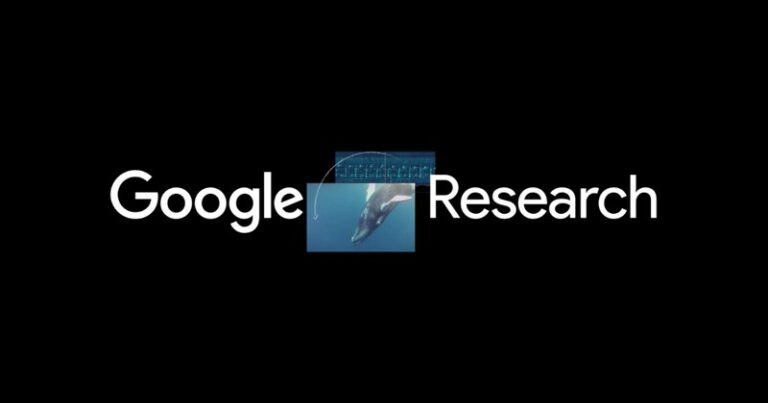A scalable satellite approach
To overcome these challenges, we adopt a “pure satellite” model, where the only inputs are derived from satellites. We tested raw satellite inputs from the Landsat and Sentinel 2 satellites. We also included a satellite-derived input we refer to as “change history”, which identifies each pixel that has already been deforested and provides a year for when that deforestation occurred. We trained and evaluated the model using satellite-derived labels of deforestation.
The pure satellite approach provides consistency, in that we can apply the exact same method anywhere on Earth, allowing for meaningful comparisons between different regions. It also makes our model future proof — these satellite data streams will continue for years to come, so we can repeat the method to give updated predictions of risk and examine how risk is changing through time.
To achieve accuracy and scalability, we developed a custom model based on vision transformers. The model receives a whole tile of satellite pixels as input, which is crucial to capture the spatial context of the landscape and recent deforestation (as captured in the change history). It then outputs a whole tile’s worth of predictions in one pass, which makes the model scalable to large regions.
We found that our model was able to reproduce, or exceed, the accuracy of methods based on specialized inputs (such as roads), accurately predicting tile-to-tile variation in the amount of deforestation, and, within tiles, accurately predicting which pixels were the most likely to become deforested next.
Surprisingly, we found that by far the most important satellite input was the simplest, the change history. So much so that a model receiving only this input could provide predictions with accuracy metrics indistinguishable from models using the full, raw satellite data. In retrospect we can see that the change history is a small, but highly information dense, model input — including information on tile-to-tile variation in recent deforestation rates, and how these are trending through time, and also capturing moving deforestation fronts within tiles.
To promote transparency and repeatability, we are releasing the training and evaluation data used in this work, as a benchmark. This allows the wider machine learning community to verify our results; to potentially extract deeper understanding of why the model makes certain predictions; and ultimately, to build and compare improved deforestation risk models.
Moreover, our benchmark and paper provide a clear template for scaling this approach globally — to model tropical deforestation across Latin America and Africa, and eventually, to temperate and boreal latitudes where forest loss is often driven by different dynamics, such as cattle ranching and fire.

